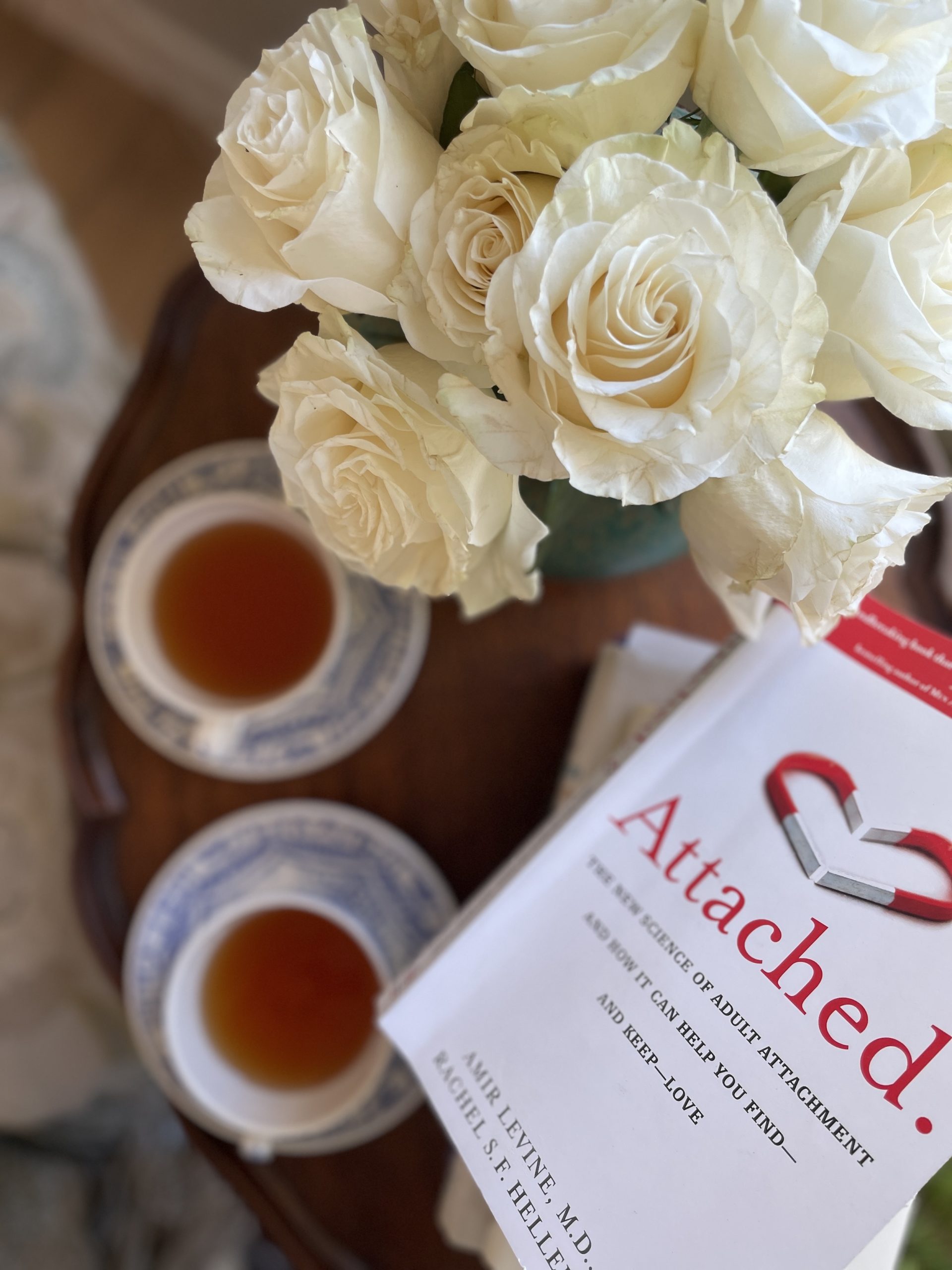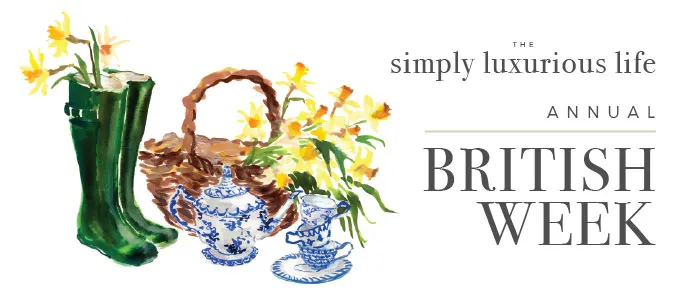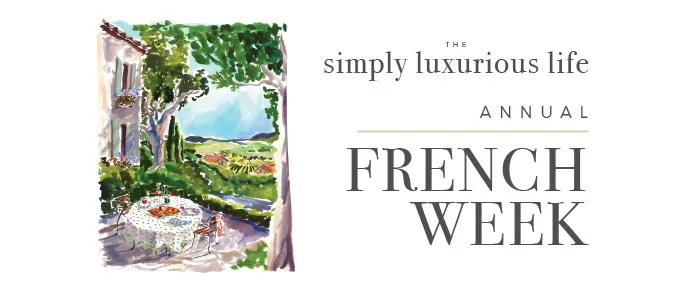Become a Member for as little as $4/mo and enjoy unlimited reading of TSLL blog.
“If we feel secure, the world is at our feet. We can take risks, be creative, and pursue our dreams.” —Amir Levine, M.D. and Rachel S.F. Heller, M.A., authors of Attached: The New Science of Adult Attachment and How It Can Help You Find—and Keep—Love
Until we know the priceless gift of peace security in relationships of any type bring into our everydays, it can seem unfathomable to trust such peace is possible.
On the flip-side, if all that we have ever known due to the good fortunate of our upbringing with secure, loving parents and community is a life and way of being that enables us to try, explore, and soar, then it isn’t until we meet someone or try to engage with someone who is insecure that we realize the awesomeness of being secure in a relationship.
During the height of the pandemic lockdowns, a book that was published in 2010 hit record sales as those in relationships sought advice on how to strengthen their relationships, those desiring a relationship inquired how to be and find and build a secure relationship and wherever else readers may have fallen on the continuum of wondering about relationships picked up the book Attached.: The new sequence of adult attachment and how it can help you find—and keep—love by Dr. Amir Levin and Rachel S.F. Heller.
Without the tools or knowledge to understand what feeling and behaving in a secure way might be, we do our best to navigate the emotions that naturally arise when we take the risk of meeting someone knew and intertwining two different people’s lives into one, yet hoping to ensure contentment for both. However, if we don’t know ourselves well, don’t know how to communicate clearly, yet kindly and without harm, and our partner doesn’t either know themselves well or doesn’t communicate effectively, how are we know what works for the two individuals involved?
The good news for all of us is that having a Secure attachment style can be learned. We are not born with or without it. We are taught or modeled different attachment styles during childhood and then through adulthood; the key is to be aware and knowledgeable of each, and to acquire and practice the skills of being Secure. And as for seeking out a partner, become a secure adult enables to understand what is shown from those we consider entering into a relationship with so that we choose wisely and engage in a healthy manner to put the odds in our favor of finding and keeping a healthy, loving relationship.
“Time and again, research shows that the best predictor of happiness in a relationship is a secure attachment style.”

Benefits of being a secure individual in life and in relationships:
- high levels of relationship satisfaction
- high levels of commitment in relationships
- high levels of trust in relationships
What are the characteristics of a secure individual?
First, it is important to note that you cannot determine simply by looking at someone that they are secure. Simply because someone is friendly, likable and sociable does not mean they are secure. The author adamantly refutes the belief that a secure individual can be determined by their “charm, composure and/or self-confidence. As with other attachment styles, personality or physical traits won’t give secures away. Secure people fit almost every description across the personality spectrum.”
But back to the question: what are the characteristics of a secure individual?
“(1) They are programmed to expect their partners to be loving and responsive and (2) don’t worry much about losing their partner’s love. (3) They feel extremely comfortable with intimacy and closeness and (4) have an uncanny ability to communicate their needs and (5) respond to their partners’ needs.”
I picked up the book early this fall after reading an article in The New York Times by Foster Kamer. While I had heard of the three, technically four different types of attachment styles, I had never deeply explored them to fully understand them. Of course, being, feeling and engaging with Secure attachment styles sounded to me to be a no-brainer, but I knew I didn’t always fall into that category . . . and I wanted to. For the sake of my own well-being, but also for all relationships I was part of, especially an intimate, romantic relationship, I chose to pick up the book and become a student. Guessing how to be Secure didn’t seem to me to be a recipe for success, so I chose to be a student, purchased the book, and have since read it three times, re-reading certain sections based on what I needed to more fully understand.
Once I read the book I knew I wanted to bring it to listeners of the podcast and readers of TSLL blog, so today, I will be sharing 13 skills and insights for becoming a Secure adult in relationships. By no means is what I share with you today the full breadth and depth of what the book details, so I highly recommend, if this topic interests you, to pick up the book. Let’s get started.
~Note to Readers: Be sure to tune in to the audio version as each point listed below is discussed in detail, content that is not included in the written post.
1. Understand the Dependency Paradox
“Does [being programmed to connect with someone special] mean that in order to be happy in a relationship we need to be joined with our partner at the hip or give up other aspects of our life such as our careers or friends? Paradoxically, the opposite is true! It turns out that the ability to step into the world on our own often stems from the knowledge that there is someone beside us who we can count on—this is the “dependency paradox”.
(p. 29)
“If you want to take the road to independence and happiness, find the right person to depend on and travel down it with that person. Once you understand this, you’ve grasped the essence of attachment theory.”
2. Understand your current attachment style (it can change, it is not permanent)
“Attachment styles are stable but plastic. Knowing your specific attachment profile will help you understand yourself better and guide you in your interactions with others. Ideally this will result in more happiness in your relationships.”
Know thyself. A common refrain here on TSLL blog and podcast, but the truth is you need to know where you are now in order to acquire the correct instructions to arrive at your desired destination.
3. Learn how to effectively communicate your needs – be clear and kind
“[Secure individuals] are able to sensitively and empathetically—and most importantly, coherently—discuss their emotions”.
Speaking at someone is different than speaking with someone, and how we speak with someone will determine the potential for our needs to be heard. To speak with kindness is to be inoffensive and to “not put your partner on the spot”. Use “I feel” statements or “I need” statements to express why you wish to share what you are sharing.
The practice of effective communication stretches across all types of relationships and it is never too early or too late to start. Often our goal in communicating is to gain what we desire, but the truth is, we may not immediately gain what we desire, but we will at least become clear about who can or cannot be what we need or give us what we need. Of course, immediate actions from our partner, friend, child or boss doesn’t mean they cannot or won’t be able to as sometimes it takes time to process, to work on logistics, etc., but if you don’t effectively and kindly communicate your needs, no one will know them.
“Effective communication is the quickest, most direct way to determine whether your prospective partner will be able to meet your needs.”
4. Don’t play games
5. Refrain from engaging in the ‘relationship dance’
Defined as ‘one partner getting closer while the other steps back in order to maintain a certain distance in the relationship at all times’, with a secure partner you don’t step too closely too quickly, simply at a steady and reasonable pace that the two people involved feel comfortable moving. There is no rushing as there is a groundedness in one’s self and a secure person is “comfortable with closeness” and isn’t afraid to step forward once they know themselves and who they are stepping toward or someone they want to get to know better.
This is not to say a secure person knows it will work out, but rather they have a sense of steady assurance in themselves and that what they give is real and worth exploring.
~Post to explore: 10 Ways to Strengthen Your Self-Worth
6. View “sex and emotional intimacy as one”
Distance is created when the two are separated. Again, such a view speaks to the ability to be comfortable with closeness once both partners have been vulnerable beyond the bedroom as they get to know each other and are drawn to each other beyond the physical chemistry.
7. Responsive and expect it in return (remember, no games)
Having communicated their needs and listening sincerely to their partner’s needs, the reciprocity of responsiveness rather than dismissal strengthens the trust and intimate connection.
8. Be available
Physically and emotionally being present for your partner is the action of a secure individual. When we communicate our needs and tend to them as well as observe our partner is responsive to our needs, we in turn are also showing up and making ourselves available.
9. Support without interference
“Provide behind-the-scenes-support for [your partner’s] endeavors.” Allowing your partner to pursue what they are passionate about, helping without over-taking or taking the credit so that their gifts shine is the support of a secure individual. As a secure individual you are helping because you want to support your partner, yet are securely tending to your own passions and need no spotlight, need not be in control, rather only present to help as needed without being recognized by anyone other than your partner.
10. Understand there are many potential partners
11. Don’t feel a need to act defensively or punish
In other words, secure individuals can see a situation more objectively. They can effectively diffuse the conflict, observe in their partner what really provoked their outburst or anger, and not add fuel to the fire.
12. More likely to step into a healthy relationship
We must keep in mind that a secure individual tends to be savvy in their partner selection. It doesn’t mean if you are secure, you will always select a secure partner, but through clear and effective communication as the getting to know you phase unfolds, you can observe red flags early-on and find the right partner more easily. I didn’t say quickly, but being secure does help you not step forward too far with someone who would not be the right person.
13. Expects to be treated with respect, dignity and love
Dovetailing with #12, a secure person begins any relationship with effectively communicating their needs which is why knowing yourself highly benefits the ability to choose a partner to begin to get to know. The fundamental foundation piece for a healthy relationship is believing, yes, knowing, you are worthy of respect because you extend it in your everyday life. When you present yourself to a potential partner holding yourself in a space of self-respect, knowing you deserve to be treated with dignity and love, then you can quickly discern to whom to begin engaging with and whom to walk away from.
Of course, even as this book points out, research findings change with hindsight, time and more examination, and it is never wise to take an entire book at face-value but rather to read with a critical mind and discerning objectivity. However, what I am confident you will find is that no matter what your relationship status when you apply the tools and skills explored and taught in this book, you will find a deeper peace and inner calm that you may not have had prior to including them in your life.
After all, at the core of the definition of contentment is to find a peace within no matter what is swirling about outside of you. How we choose to engage, what we step forward toward and refrain from engaging in determines the quality of our lives, and if we apply the knowledge we have about ourselves and what we desire to cultivate in our everydays which absolutely, relationships play a significant role, we begin to realize the amazing gift we give ourselves when we become a secure adult.
Petit Plaisir
—Winter Flower Bouquet with Ornamental Cabbages
Click on the link above to learn more about how to arrange your own bouquet – so simple and quite inexpensive (under $20).

SIMILAR POSTS YOU MIGHT ENJOY

5 Things to Do to Build Healthy Relationships, episode #287
~The Simple Sophisticate, episode #318
~Subscribe to The Simple Sophisticate: iTunes | Stitcher | iHeartRadio | YouTube | Spotify | Amazon Music
[podcast src=”https://html5-player.libsyn.com/embed/episode/id/21385301/height/90/theme/custom/thumbnail/yes/direction/forward/render-playlist/no/custom-color/d0d4b9;color: #6f7056 !important/” width=”100%” scrolling=”no” class=”podcast-class” frameborder=”0″ placement=”bottom” primary_content_url=”http://traffic.libsyn.com/thesimplesophisticate/318Attached.mp3″ libsyn_item_id=”21385301″ height=”90″ theme=”custom” custom_color=”d0d4b9;color: #6f7056 !important″ player_use_thumbnail=”use_thumbnail” use_download_link=”use_download_link” download_link_text=”Download the episode” /]




